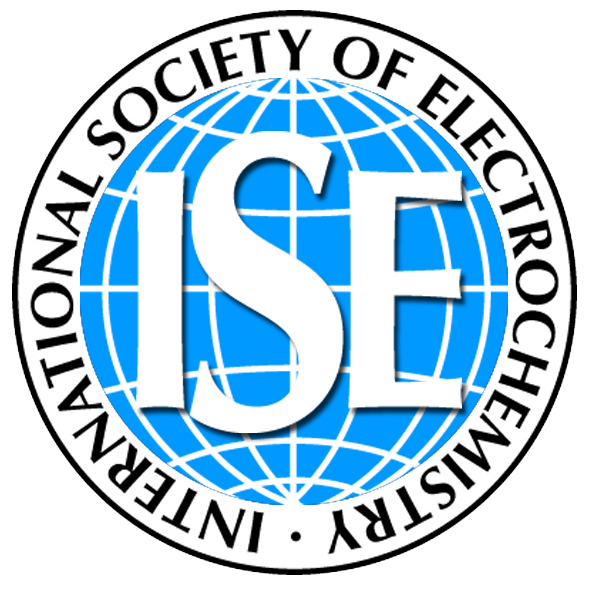The International Society of Electrochemistry
was founded in 1949 by leading European and American Electrochemists to serve the growing needs of electrochemistry in becoming a modern scientific discipline. At that time only a handful of experts were assembled in the original CITCE (Comité International de Thermodynamique et Cinétique Electrochimiques). Since then the association has evolved and now comprises about 3000 individual members and more than 20 Corporate Members (teaching institutions, non-profit-making research organizations and learned societies) and Corporate Sustaining Members (industrial and commercial organizations). Its membership comes from more than 70 Countries and is organized in over 40 regional sections. Both industrialized and developing countries from all five continents are represented. ISE is, therefore, a truly world-wide organization. ISE is a non-profit-making organization with its seat in Lausanne, Switzerland.
ISE is an Associated Organisation of IUPAC.
For members only
Powerpoint presentation of the ISE
ISE’s objectives
- to advance electrochemical science and technology
- to disseminate scientific and technological knowledge
- to promote international cooperation in electrochemistry
- to maintain a high professional standard among its members
ISE’s Scientific and Technological Activities
ISE serves both the individual and the scientific and technological community by:
The organization of Annual Meetings and of Topical Meetings
The ISE Annual Meetings are distinguished international scientific-technological congresses held in a different country every year. They take place in August-October and are attended by 1200-1800 electrochemists. These wide-scope meetings emphasize new developments in electrochemical science and technology in areas such as new materials, microfabrication, sensor technology, electronics, energy storage and conversion, and environmental technologies.
The ISE Topical Meetings highlight high-impact or emerging topics and are under the scientific responsibility of one or two divisions. They take place in March-June in different countries each year. They are normally attended by 100-200 electrochemists.
Sponsoring of special meetings
ISE sponsors a considerable number of scientific meetings every year in all fields of electrochemistry. These meetings are international in character and the programmes are expected to be of the same high scientific quality as at the Annual and Topical Meetings.
Publication of the scientific journal Electrochimica Acta
Electrochimica Acta, the official journal of ISE, is supplied to members at a special rate. At present it comprises over 20’000 pages per year including several special issues. Information on the activities of ISE is published regularly in the journal.
Awards
ISE has several awards which are given regularly for outstanding contributions to electrochemical science and technology.
Organization
An Executive Committee, periodically elected by all members, is entrusted with the management of ISE. The ISE Office located in Lausanne, Switzerland performs all administrative tasks relating to the operation of the Society. Executive Committee and ISE Office are assisted and coordinated by an Executive Secretary. The Regional Representatives together with the Division Officers form the Council which supervises the Executive Committee. Information on the activities of the Society is regularly published in Electrochimica Acta and on these pages.
The scientific activities of ISE are grouped into seven Scientific Divisions. The divisions are headed by a chairperson assisted by two co-chairpersons responsible for implementing the scientific programme of the meetings of the Society.
Society Rules & Guidelines
More information on the structure and operation of ISE can be found in the section ISE Constitution and Bylaws.
